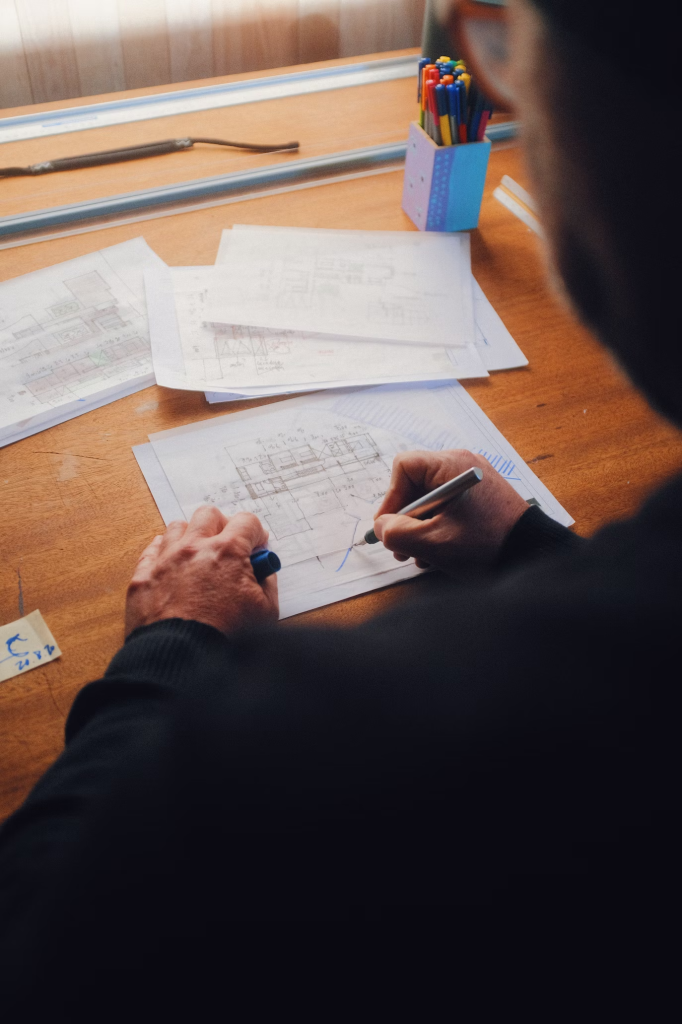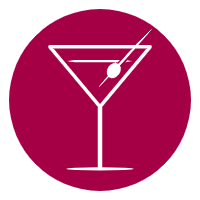The term “bar fitout” describes the process of renovating an existing bar in such a way that it serves its purpose, looks well, and provides the best possible experience for patrons. The physical layout, furniture, counter, seating, and overall space utilisation are all factors that go into determining the size of a bar fitout.

An inviting and functional bar fitout is the result of careful planning and execution. To create an inviting and functional bar, it’s important to consider the bar’s dimensions and shape, where to put the bar stools, how to organise the tables and chairs, and how the room flows as a whole. Customers and employees alike will have an easier time navigating the space if the ergonomics are well considered during design.
It’s worth noting that different types of establishments, available spaces, and desired atmospheres might affect the proportions of a bar fitout. A conventional pub may be much larger and more conventionally laid out than a hip cocktail bar. The objective is to design a room that is both aesthetically pleasing and functionally sound for the bar so that customers have a good time there.
Bar owners, designers, and aficionados can benefit from in-depth publications on the subject by reading about specific guidelines, industry trends, and case studies. These can help them make informed judgements when developing or renovating a bar area. Please do not hesitate to ask any detailed questions you may have regarding bar fit-outs.
Are The Dimensions Of A Bar Fitout?
Factors including the available space, the kind of bar, and the owner’s design choices can greatly affect the size of a bar fitout. This is a list of typical dimensions and general recommendations for bar fit-outs:
- Bar Counter Height: The standard height for a bar counter is typically around 42 inches (107 cm). This height accommodates most bar stools and allows patrons to comfortably enjoy their drinks while seated.
- Bar Counter Depth: The depth of a bar counter is usually in the range of 20 to 30 inches (51 to 76 cm). This depth provides enough space for bartenders to work efficiently and display various drink options.
- Bar Counter Length: The length of the bar counter depends on the available space and the expected number of patrons. A common guideline is to allocate about 2 feet (61 cm) of counter space per person. For example, a bar designed to accommodate 10 patrons might have a counter length of around 20 feet (6.1 meters).
- Bar Stool Height: Bar stools are designed to be paired with bar counters. The standard height for a bar stool is typically around 30 inches (76 cm) from the floor to the seat. This height allows patrons to comfortably reach the bar counter.
- Aisle Width: To ensure easy movement and accessibility, the aisles between different sections of the bar and between tables and the bar counter should be at least 36 inches (91 cm) wide.
- Table Dimensions: If your bar includes tables for seating, common table heights are around 30 inches (76 cm), and table widths can vary. A table that is 24 to 30 inches (61 to 76 cm) in diameter is suitable for accommodating drinks and small plates.
Please keep in mind that these proportions are only suggestions; the final dimensions may differ according to personal taste in design and regional construction regulations. Cocktail bars, sports bars, and pubs are just a few examples of how the design and size of a bar can vary. If you want your bar fitout to be perfect in every way, from the look to the functionality, it’s best to consult an expert designer or architect.
Advantages Bar Fit Out and Design
Careful planning and execution of a bar’s layout and furnishings can yield numerous benefits, boosting the business’s popularity and profitability. Some major benefits of spending money on a professionally designed and fitted bar are as follows:
- Atmosphere and Ambiance: A carefully designed bar creates a unique atmosphere and ambience that aligns with the establishment’s theme or concept. Whether it’s a cozy pub, a chic cocktail bar, or a vibrant sports bar, the design sets the tone and influences patrons’ overall experience.
- Maximizing Space Utilization: A strategic bar fitout considers the available space and optimizes its use. Efficient space utilization allows for better traffic flow, maximizes seating capacity, and ensures that both customers and staff can navigate the space comfortably.
- Branding and Identity: The design elements of a bar, including the choice of colours, materials, and decor, contribute to the establishment’s branding and identity. The consistent and appealing design reinforces brand recognition and makes the bar memorable to patrons.
- Functionality for Staff: A well-designed bar caters to the practical needs of the staff. This includes a well-organized and ergonomic layout that facilitates efficient workflow for bartenders and servers. Properly placed equipment, storage, and service areas can enhance productivity.
- Customer Comfort: Comfortable seating, appropriate lighting, and well-designed spaces contribute to customer comfort. Patrons are more likely to stay longer, enjoy their experience, and return if they find the environment inviting and comfortable.
- Showcasing Products: A thoughtfully designed bar provides opportunities to showcase the variety of drinks and offerings. This can include a visually appealing display of bottles, creative signage, and an attractive presentation of menu items, enhancing the overall visual appeal of the bar.
- Adaptability to Trends: A flexible and adaptable design allows the bar to evolve with changing trends and customer preferences. Features such as modular furniture, easily reconfigurable layouts, and versatile decor enable the establishment to stay relevant over time.
- Compliance with Regulations: A professionally designed bar takes into account local building codes, safety regulations, and accessibility requirements. Ensuring compliance with these regulations not only avoids legal issues but also contributes to the safety and well-being of patrons and staff.
- Competitive Edge: In a crowded market, a well-designed bar can provide a competitive edge. A visually appealing and efficiently designed space can attract customers, create positive word-of-mouth, and differentiate the bar from competitors.
- Return on Investment (ROI): While the initial investment in a quality bar fitout and design may be significant, the long-term benefits, including increased patronage, positive reviews, and brand loyalty, can contribute to a favourable return on investment.
An attractive bar fitout and design that is both functional and aesthetically pleasing can do wonders for an establishment’s bottom line by attracting customers, making employees and patrons feel at home, and improving the overall experience.
Conclusion
A well-thought-out bar fitout and design may be a wise investment that pays off in spades for the business and its customers. The benefits include improving staff efficiency and customer comfort, making the most of available space, and developing a unique ambience. Not only can a well-designed bar add to the whole experience, but it also becomes an integral part of the brand’s character, making it more memorable and appealing for guests.
Carefully planned and performed fit-outs payout, in the long run, thanks to features like regulatory compliance, market differentiation, and design adaptability to industry developments. A bar’s long-term viability depends on not just financial returns, but also on happy, devoted customers who will spread the word about the establishment.
When it comes to the ever-changing hospitality business, the key to success is a bar that can adapt to shifting tastes and market conditions with ease by adopting a customer-centric, compliant design approach. The success and pleasure of a bar hinge on its design, which is more than simply the room itself; it is an interactive and interesting setting.
Looking for a Bar Fit Out and Design in Canberra? Here’s the design of canberra. To help you! Book your appointment today!
